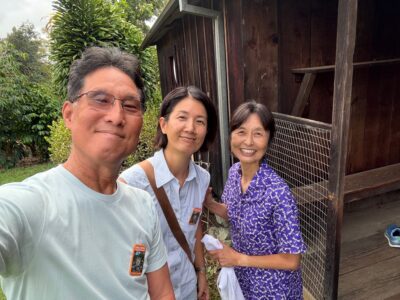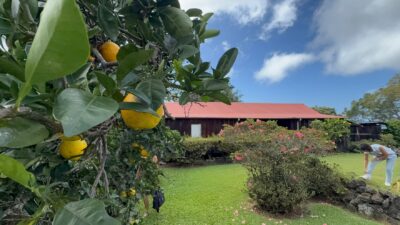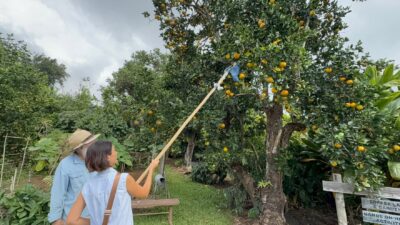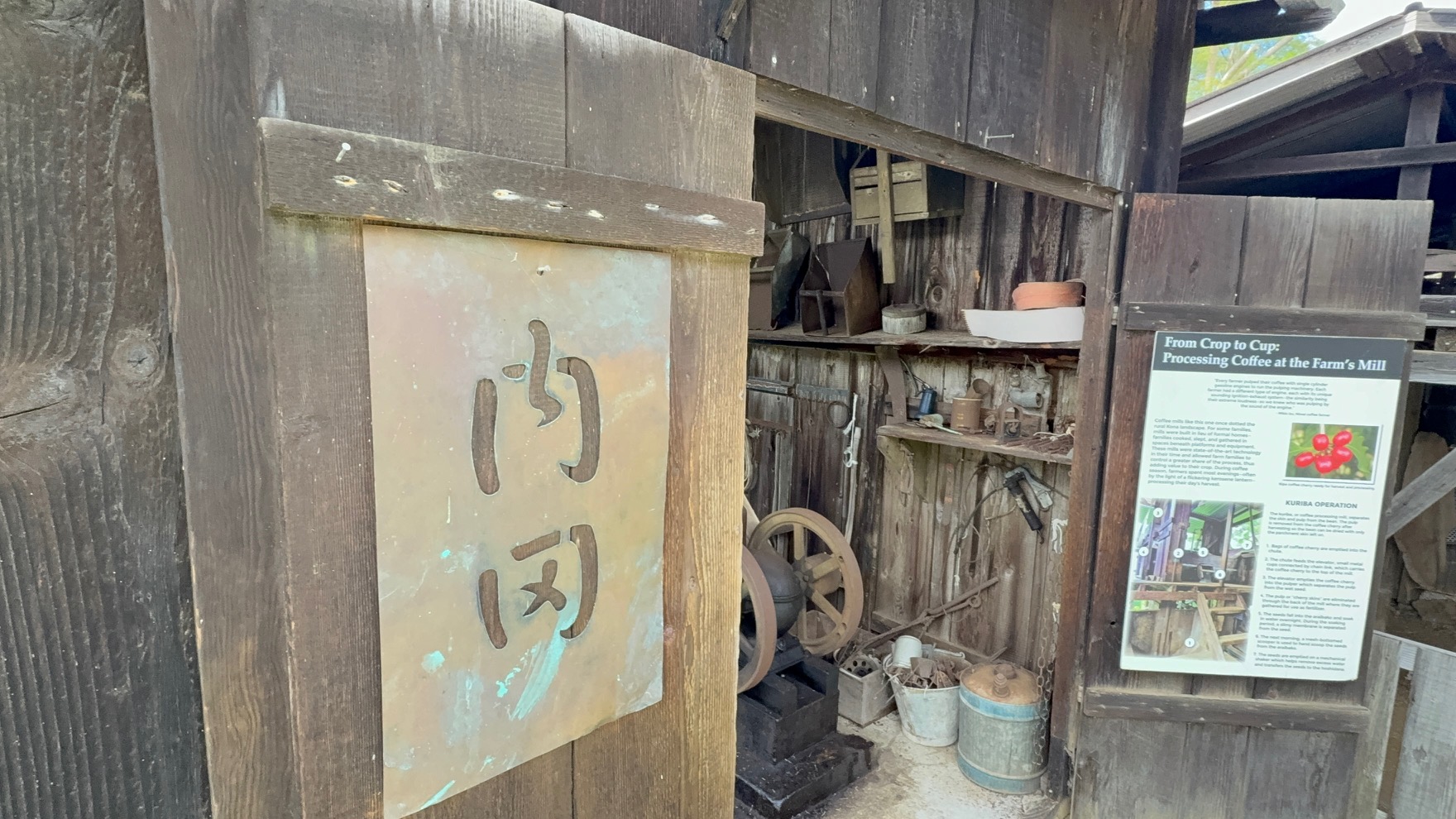Kai Ioh | November 2025
What does a cup of Kona coffee mean to you?
For many, it’s a taste of Hawaii, smooth, rich, and world-renowned. But for those of us who call the Big Island home, it’s more than just a luxury brand. It’s a living tribute to the Japanese immigrant families who transformed these slopes into something extraordinary.
I was reminded of this recently during a visit to the Uchida Kona Coffee Living History Farm, a quiet gem in the heart of the Kona Coffee Belt. My friend Etsuko has worked there for years, and her stories are as rich as the coffee itself. This isn’t just a farm museum. It’s a time capsule, an immersive step back into the lives of the Issei (first-generation Japanese immigrants) and Nisei (second-generation) who laid the foundation for Kona’s most famous export.
And yes, I want everyone who visits or lives here to experience it.
From Sugarcane Contracts to Coffee Freedom

In the late 1800s and early 1900s, thousands of Japanese immigrants arrived in Hawaii under labor contracts to work the sugarcane fields, mostly on the Hilo side. When their contracts ended, many didn’t return to Japan. Instead, they looked westward to Kona, where the land was rugged, the climate forgiving, and the coffee trees promising.
Coffee farming wasn’t easy. Steep slopes, volcanic soil, and backbreaking work defined daily life. But it offered one thing that sugar didn’t: independence. Here, families could lease a few acres, plant their own trees, and start small businesses. These were the original Japanese entrepreneurs of Hawaii.
The Uchida family was among them.
Inside the Uchida Farm: A Living Testament

Operated by the Kona Historical Society, the Uchida Coffee Living History Farm preserves the 1920s to 1940s life of a Japanese farming family. It’s the only historic coffee farm in the nation still open to the public.
This isn’t just about growing coffee. The farm includes a full-scale coffee processing operation, from the traditional wooden mill to the drying platform known as the hoshidana. You’ll even find a small, hand-built, human-powered coffee grinder—crafted with ingenuity and care.
When you walk through the farmhouse, toolshed, and coffee mill, you’re not just seeing artifacts. You’re stepping into a story of perseverance. From hand-processing coffee cherries to managing a household with limited resources, it’s a vivid look at what it took to survive and eventually thrive.
Etsuko, who guides visitors through the farm, brings that era to life. You might catch her sharing how women balanced domestic duties with harvesting or how kids hiked down to school barefoot. It’s not history from a book. It’s the heartbeat of a community that endured. She will show you traditional Japanese cooking using a Kamado (traditional Stove).
What stands out most is how creative, skilled, and diligent these early families were. Life was not easy, but their hands never stopped working—and what they built still inspires today.
How the Nisei Shaped the Kona Coffee Identity

The Issei planted the roots, but the Nisei and Sansei gave Kona coffee its wings. They improved farming techniques, promoted the brand overseas (especially in Japan), and stood firm during times of war and economic hardship.
By the mid-20th century, Kona coffee had begun to gain international attention, not because of marketing budgets, but because of quality born from dedication. In many ways, the success of Kona coffee mirrors the journey of the Japanese-American community: quiet resilience, relentless effort, and pride in craftsmanship.
More Than Beans: A Cultural Legacy and Community Bond

As a board member of Daifukuji Soto Mission, just down the road from the Uchida Farm, our family takes part in taiko drumming and other cultural events that help keep these traditions alive. For us, it’s about community, music, and honoring our shared heritage.
The temple grounds have long been a gathering place, not just for spiritual practice, but for cultural connection, education, and mutual support. In many ways, it still is. If you are curious, please give me a call. I will provide you with a tour of the over 100-year-old temple.
Kona Coffee Today: A Premium Brand with Humble Origins

Let’s be honest. Kona coffee has become a bit of a status symbol. You’ll see it’s name globally, often at premium prices.
But every time I hear the words “Kona Coffee,” I think of the Uchida Farm and Japanese locals. I think of weathered hands, quiet mornings, and families who believed that something better could grow here.
We don’t all farm. I certainly don’t. But I enjoy Kona coffee with awareness and gratitude.
Plan Your Visit
The Uchida Kona Coffee Living History Farm is open to the public a few days a week (check their website for current hours: konahistorical.org). It’s one of the most meaningful experiences I can recommend to friends, clients, and visitors alike.
Walk the grounds. Smell the beans. Hear the stories. And when you sip your next cup, you’ll taste more than just great coffee. We also picked delicious oranges there.

You’ll taste a legacy.
Let’s keep remembering. Let’s keep honoring.
If you are interested in vacant lot for coffee. Check out our listing in Makalei Estates!



